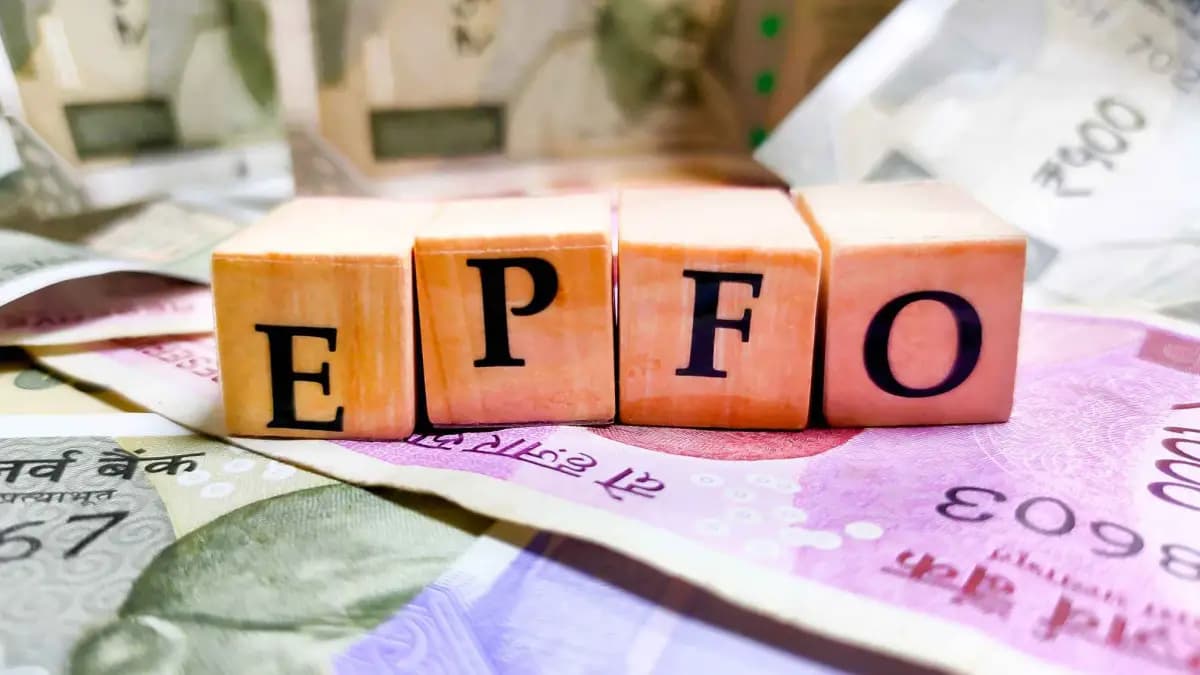When it comes to investing in tax-saving instruments, SCSS and tax-saver FDs are both highly popular among senior citizens. However, before choosing one of these instruments, you must evaluate it in sync with your financial goals. Here are some important points that you may consider while choosing between SCSS and tax-saving FDs.
Interest Rate Attractiveness
Interest on tax-saver bank FDs varies around 7.5per cent to 8.75per cent per annum whereas the prevailing interest on SCSS is 8.2 per cent per annum. Interest earned on tax-saver FD as well as the SCSS in both cases is taxable according to the slab rate applicable to the investor. On SCSS the interest is paid every quarter whereas on tax-saver FDs you get the option of receiving the interest every month, quarterly or reinvest for compounding benefit.
If you do not want to receive the interest and looking for compounding benefits, you may choose tax-saver FD.
Also Read: 3 Investments For Seniors With Low-Risk Appetite
Lock-In Period Applicability
The lock-in period on both tax-saving products is 5 years. You can withdraw the SCSS investment after one year but are subject to a penalty payment of up to 1.50per cent of the deposit amount. On premature withdrawal of SCSS investment, if the investors have availed a tax benefit u/s 80C, they need to pay the tax on the exemption availed earlier. However, the investors don’t lose the tax benefit if the amount is withdrawn over and above the balance of Rs 1.5 lakh in the SCSS account. You can’t close the tax saver FD before the maturity.
If you are looking for some sort of flexibility for premature withdrawal of your investment, then you may prefer SCSS over the tax-saver FDs.
Size Of Investment
You can invest up to Rs 1.5 lakh in the tax-saver FDs on the other hand maximum investment allowed in SCSS is Rs 30 lakh. However, from the tax-saving perspective, the maximum deduction allowed under both products is up to Rs 1.5 lakh for the relevant financial year.
I you are looking for tax benefit u/s 80C, you may choose any one of both products, however, if you are looking for a big-ticket investment then you have to go for SCSS.
Also Read: 5 Investing Tools To Help You Earn Regular Income Post-Retirement
Finally
Some of the banks are offering a higher interest on tax-saver FDs compared to the SCSS, however, you can’t invest more than Rs 1.5 lakh in them in a financial year. SCSS offers greater flexibility and you can invest more than Rs 1.5 lakh if tax saving is not your primary investment objective. SCSS investment has a sovereign guarantee on the other hand deposits up to Rs 5 lakh in a bank are insured by Deposit Insurance and Credit Guarantee Corporation (DICGC), so SCSS wins over FDs in terms of safety. You may choose the investment product that fits your financial goal.
The author is an independent financial journalist.




